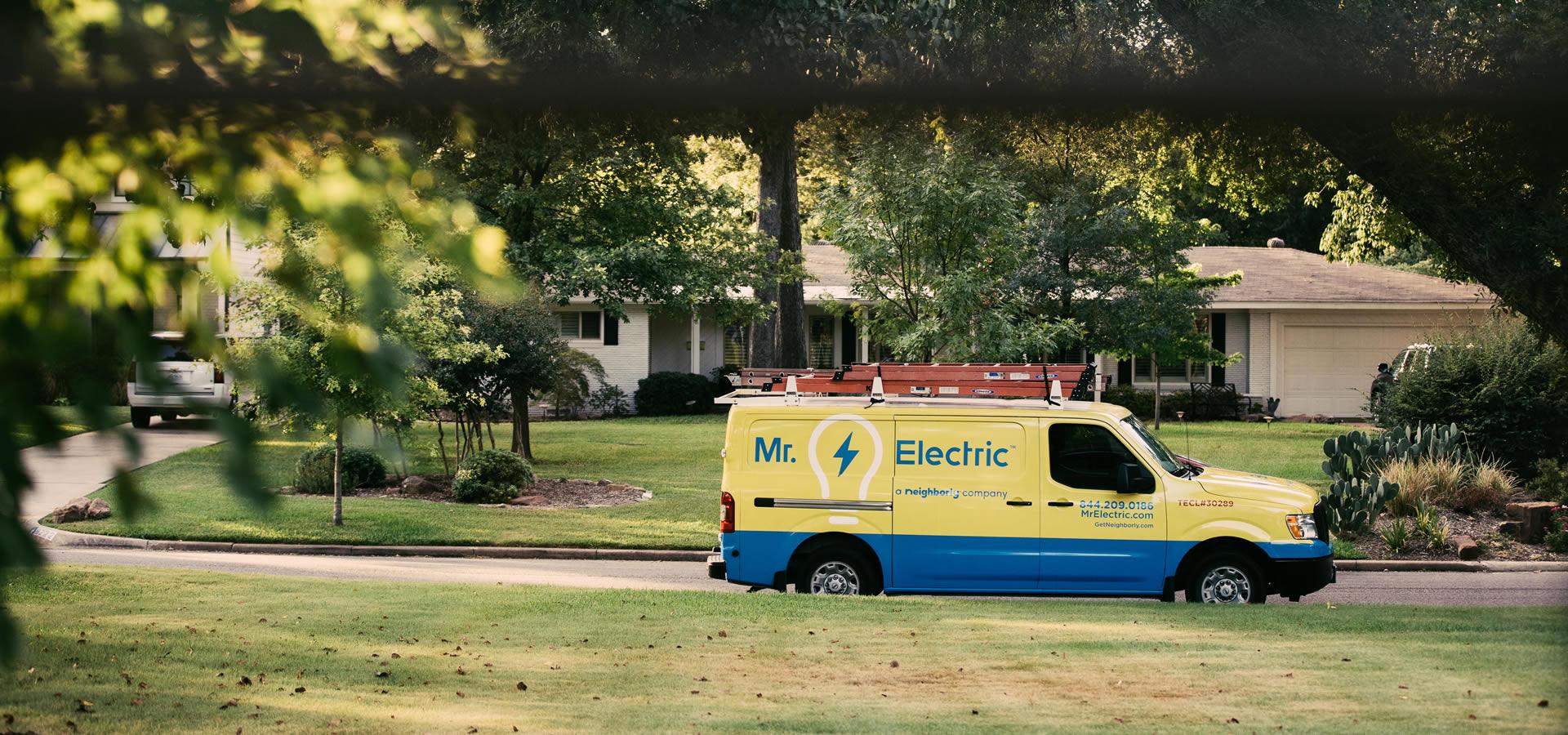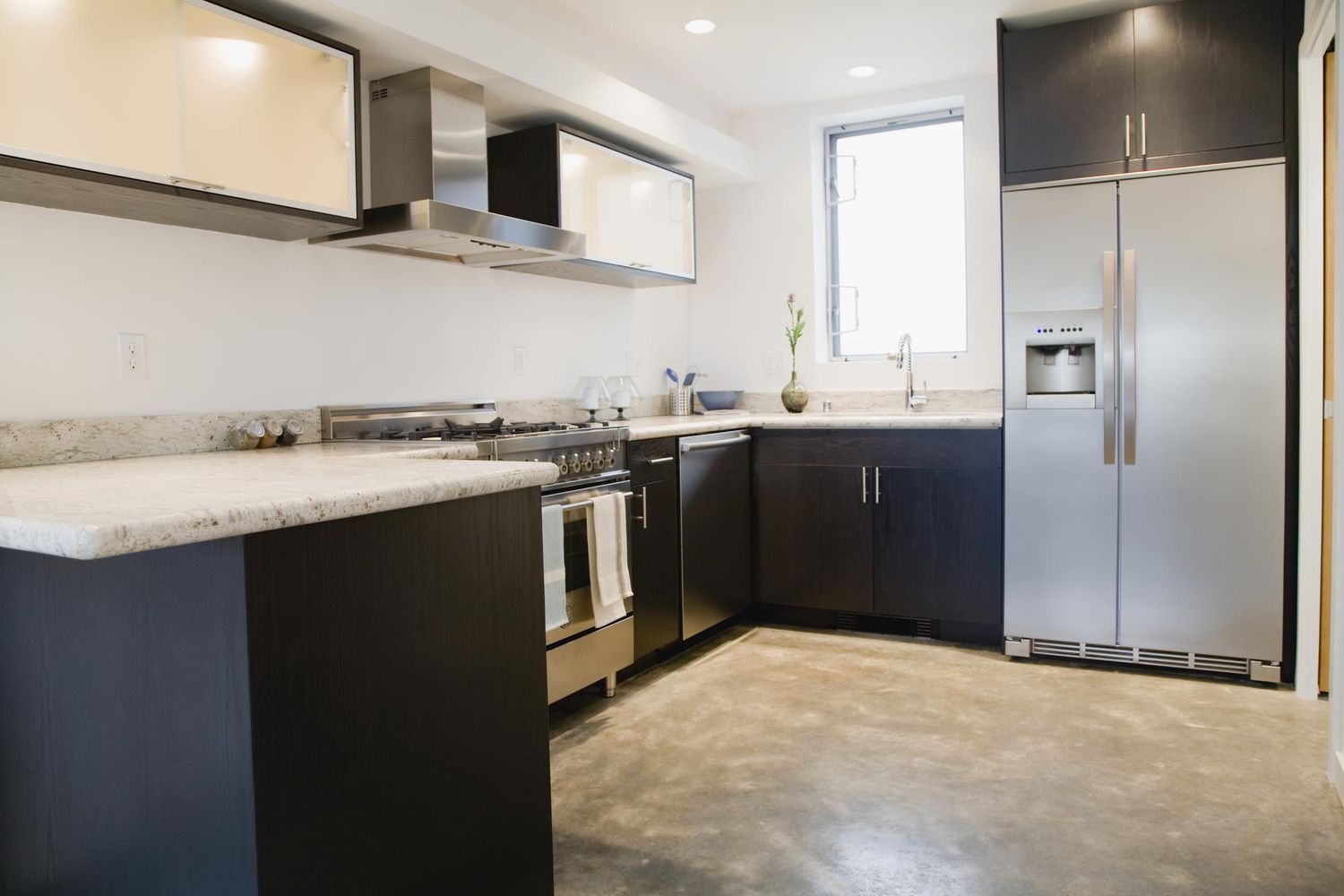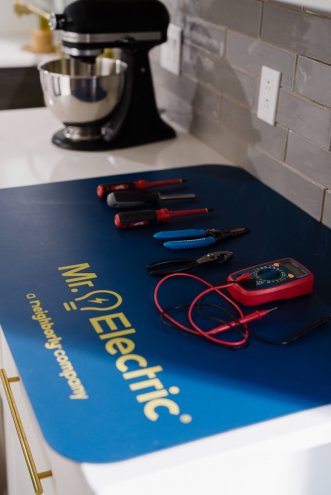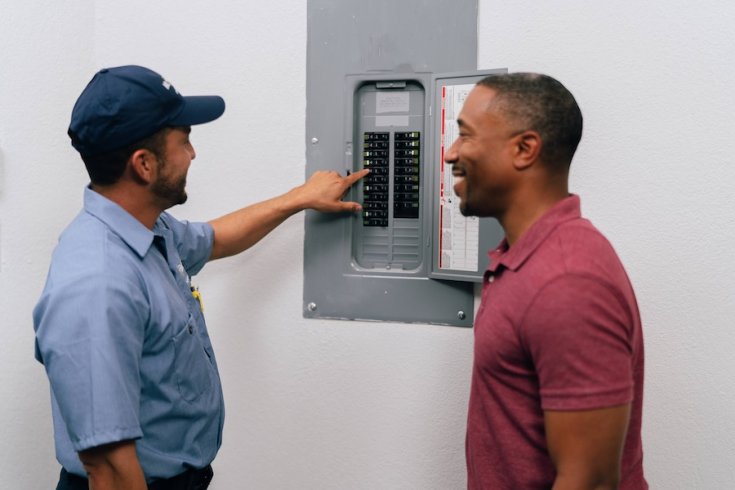The kitchen is the powerhouse of modern homes; hence, it demands a significant amount of electrical power to operate high-power appliances, electrical outlets, and lighting. The National Electrical Code stipulates specific requirements for kitchen electrical circuits to ensure safety and functionality.
In this article, Mr. Electric walks you through the electrical circuit requirements for kitchens. Our electricians are well-versed in the National Electrical Code (NEC) and can ensure that your kitchen is wired safely and efficiently. If you need reliable circuit breaker replacement services, we are the experts to call.
Dedicated Circuits for Major Appliances
Major kitchen appliances like refrigerators, ovens, and dishwashers require their own dedicated circuits. This prevents overloading and ensures each appliance gets sufficient power to operate safely and efficiently. Sharing circuits with other devices can lead to frequent trips and potential hazards. Always consult an electrician in Atascocita, TX to determine the appropriate circuit size based on the appliance's power requirements.
Circuit for Lighting
Kitchen lighting works best when it’s on its own dedicated 15-amp circuit. This setup keeps your lights reliable and ensures they stay on even if an appliance trips another breaker. Separating the lighting from other circuits not only prevents interruptions but also adds a layer of safety and convenience to your kitchen’s electrical system.
Two Small Appliance Circuits
According to the National Electrical Code (NEC), kitchens must have at least two 20-amp circuits for small appliances. These circuits are designed to handle the power demands of countertop gadgets like toasters, coffee makers, and blenders.
Dishwasher and Garbage Disposal Circuits
Dishwashers and garbage disposals are both power-hungry appliances that deserve their own dedicated circuits. It's best to use a 15- or 20-amp circuit for each. Since these two often work overtime at the same time, giving them separate circuits prevents your electrical system from getting overwhelmed.
Island and Peninsula Countertop Circuits
Islands and peninsulas in the kitchen require at least one electrical outlet to meet NEC standards. These outlets are used to power appliances like mixers and blenders. A dedicated circuit for island and peninsula outlets ensures they can handle the electrical load without interfering with other parts of your kitchen.
Dedicated Microwave Circuit
Microwaves draw significant power, so they need their own dedicated 20-amp circuit. Sharing this circuit with other appliances could overload the system. A separate circuit ensures that the microwave operates without interruptions and minimizes electrical risks. Call a professional electrician to install a dedicated microwave circuit in your kitchen.
Electric Range Circuit
Electric ranges require a dedicated 240-volt circuit due to their high power consumption. This circuit ensures the range operates efficiently without overloading your electrical system. Attempting to share this circuit with other appliances can cause tripped breakers or even damage to the wiring.
Ground Fault Circuit Interrupters (GFCI)
GFCIs are required for all kitchen outlets located near water sources, such as sinks or countertops. These devices protect you from electrical shocks by shutting off power if they detect a ground fault. Reach out to Mr. Electric for GFCI electrical outlet replacement.
Contact Mr. Electric for Electrical Circuit Installation or Repair
Electrical circuit installation is a job that should be left to licensed and insured electricians. Professionals have the knowledge, experience, and advanced tools to handle all of your electrical needs, including rewiring, circuit breaker replacement, electrical panel replacement, lighting installation, and more. Contact Mr. Electric today for all of your residential and commercial electrical needs.







